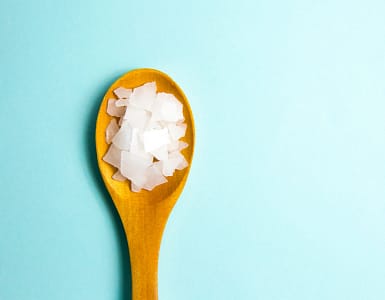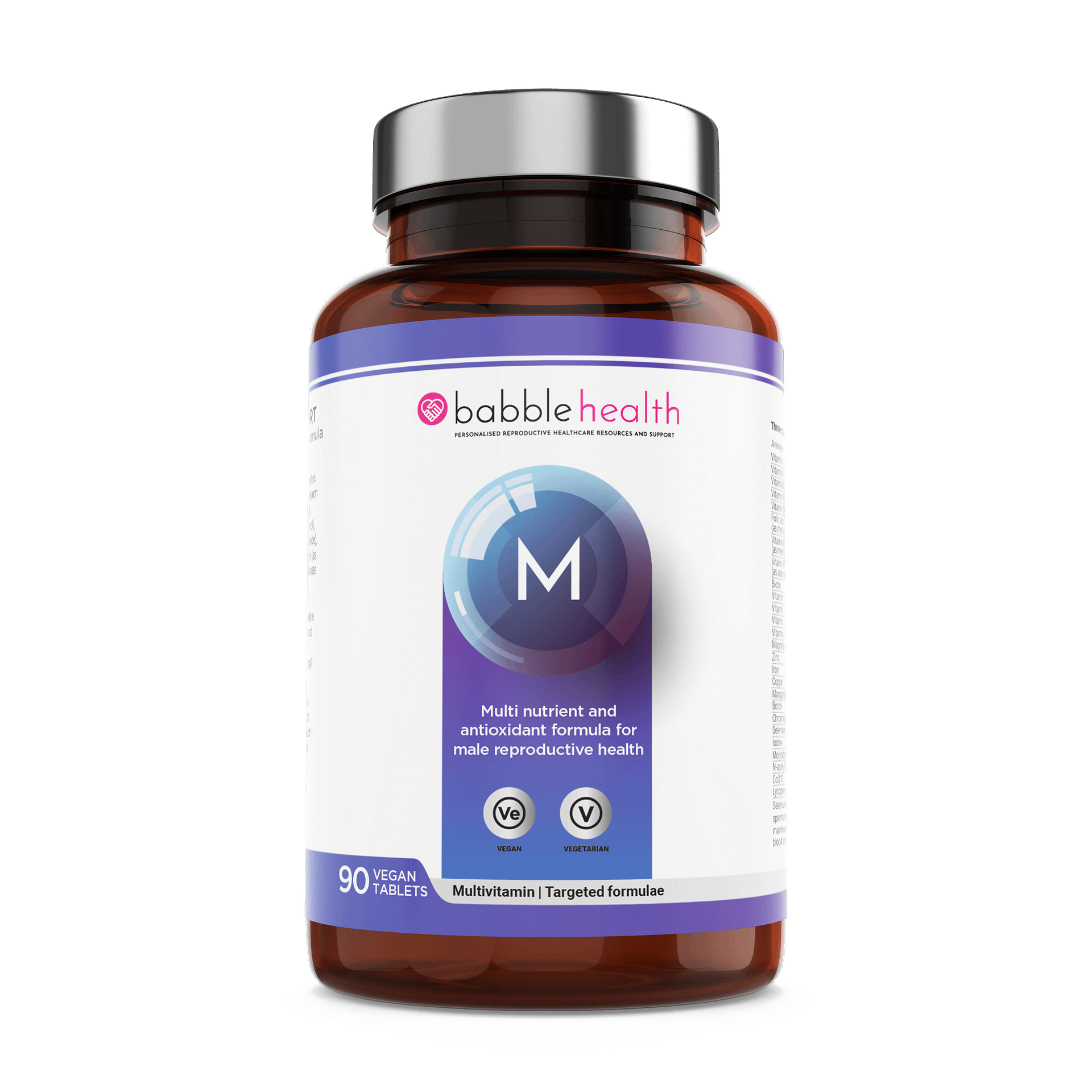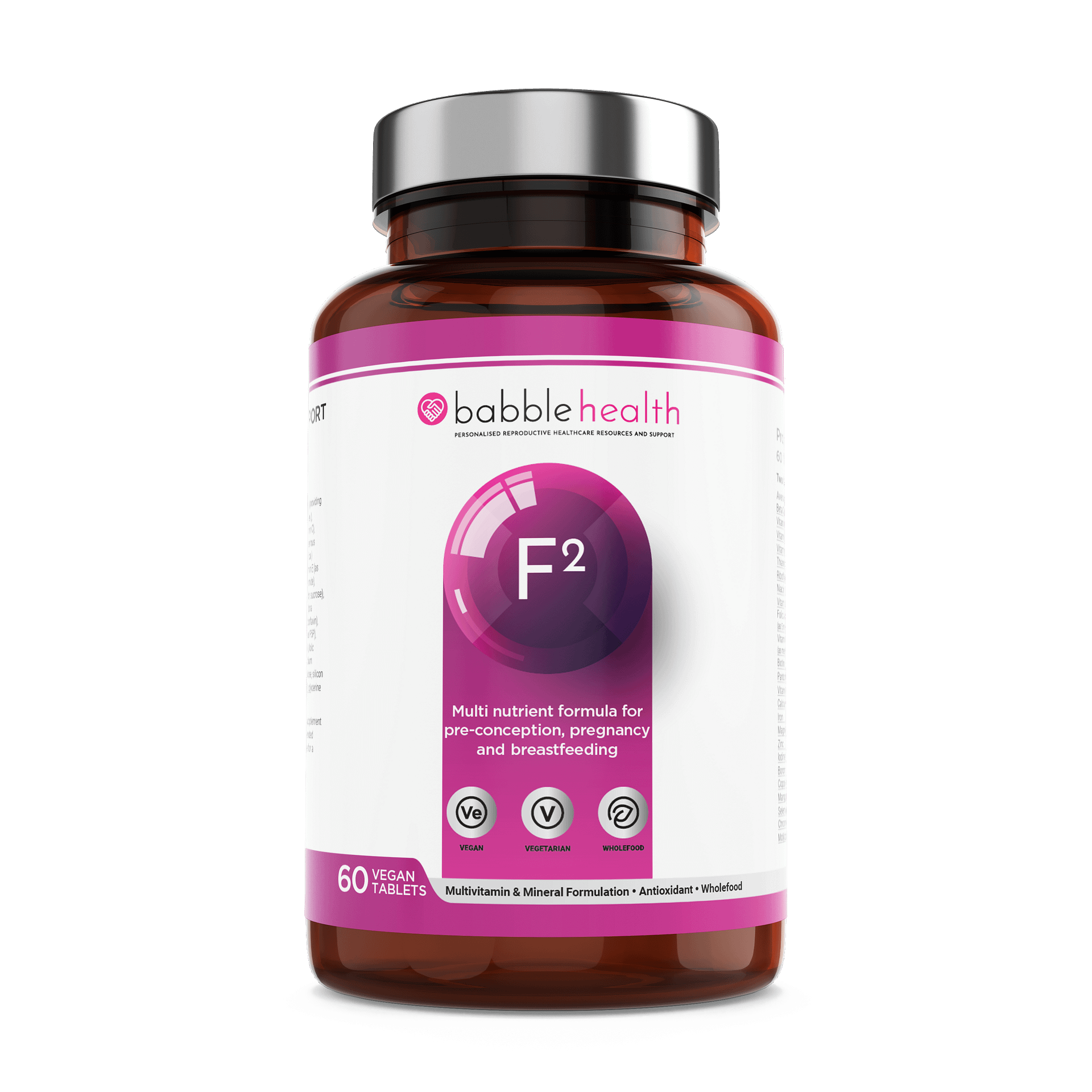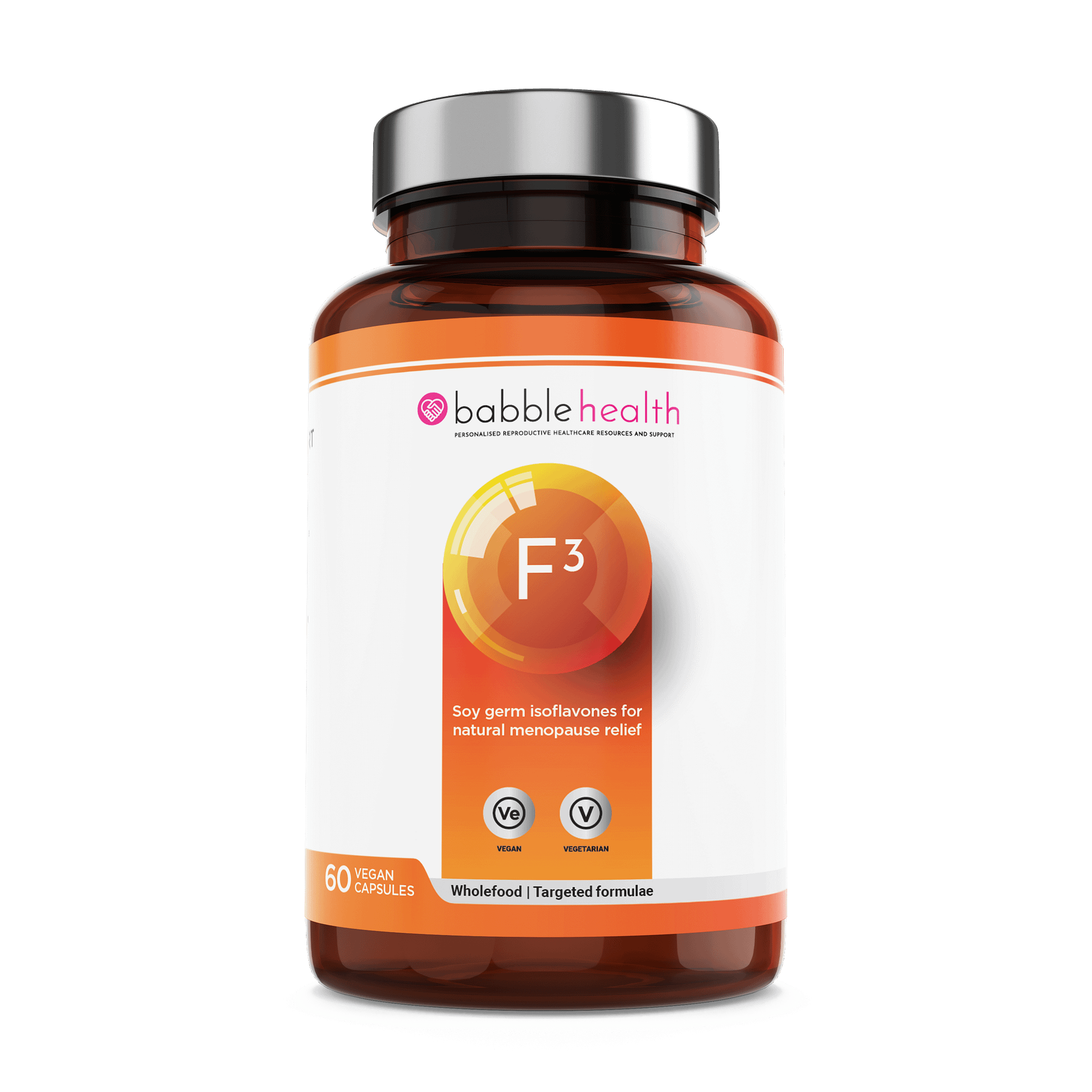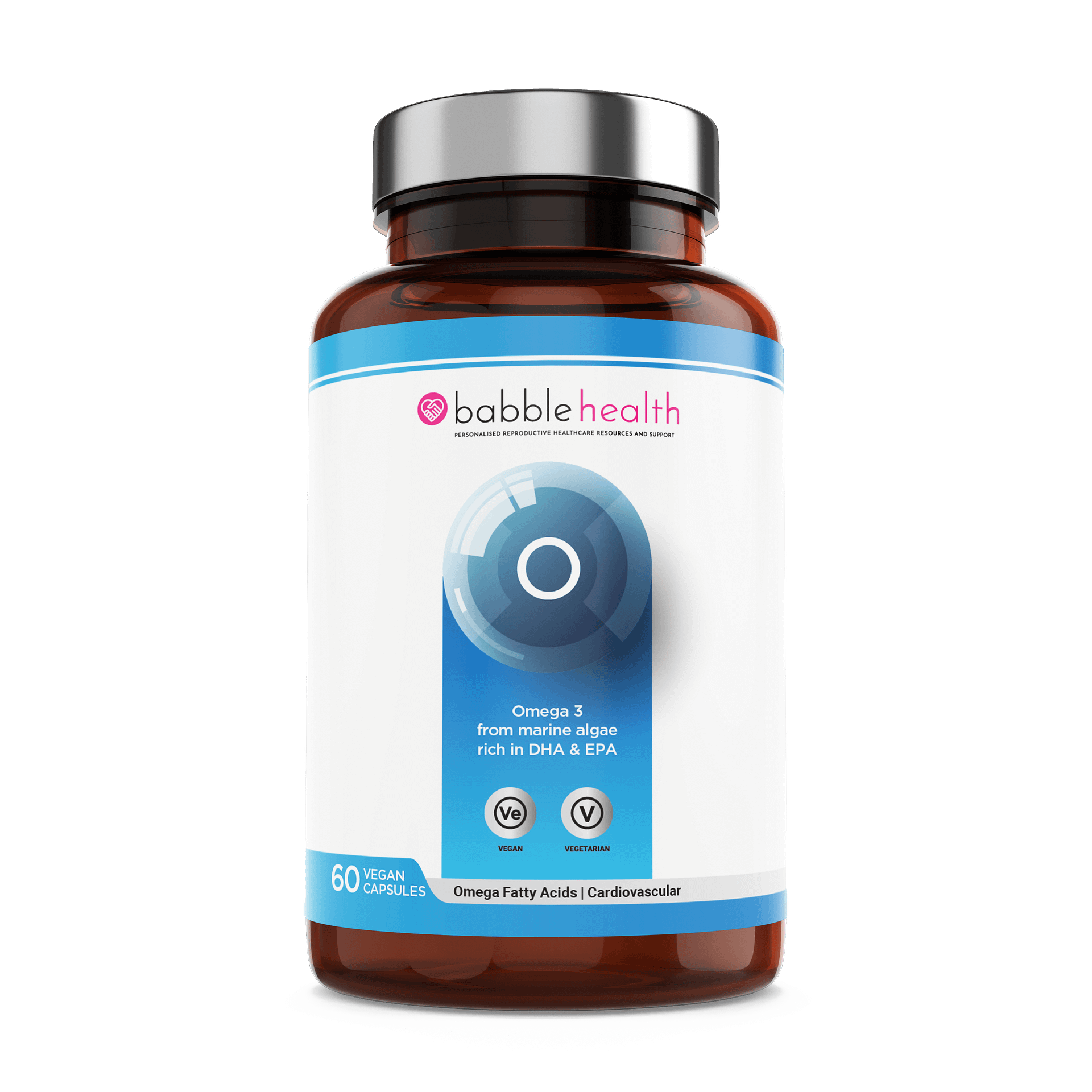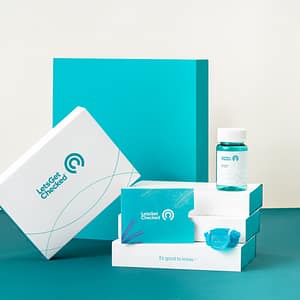Sue Bedford (MSc Nutritional Therapy)
This week as part of our ‘Eat a Rainbow’ series we are going to examine more closely the nutritional benefits of including and enjoying a variety of white coloured fruit and vegetables as part of your diet to help support health and fertility. Sunlight is known as visible or white light and is actually a mixture of all visible colours. Rainbows appear because water droplets break white sunlight into the many colours of the spectrum.
It goes without saying that diet is an important area to focus on when trying to conceive (TTC) and preparing your body for fertility treatment. It is important to make sure both eggs and sperm are in the best possible health, adopting healthy habits is one of the first steps that should be taken when preparing for fertility treatment – for both partners.
The idea of ‘eating the rainbow’ really applies here – enjoying a wide range of fruits and vegetables (plant-based foods) across the colour spectrum is a good way of optimising your nutrient and antioxidant intake, thus supporting your general health and fertility too. You may hear people saying – I’m going to reduce the ‘white’ food in my diet – and they will often mean white refined products …but no need to reduce the white coloured fruit and vegetables! These can also be incorporated into your diet in a variety of forms – they could be fresh, frozen, cooked, pureed, canned or dried.
Some examples of healthy white fruit and vegetables you may wish to include :
Cauliflower, mushrooms, onions, garlic, shallots, white potatoes, coconut, chickpeas, turnip, white peaches, white nectarines, parsnips, melons (with white flesh), Jerusalem artichoke, bananas.
How do white plant-based foods help our general health?
White isn’t exactly a colour of the rainbow, but white foods still contain important phytochemicals called anthoxanthins (or flavonols) and these have been linked to helping with heart health and easing inflammation in the body.
One of the most common anthoxanthins is quercetin, which is found in good amounts in onions, garlic and shallots. Research shows that quercetin may lower the risk of heart disease and block the release of histamine, helping to ease the symptoms of allergies like hay fever.
And what about fertility?
White plant-based food are pretty amazing anti-inflammatories, plus they support a healthy liver, and optimize hormone health. This is because they contain compounds like allicin and tannins. They also contain folate, which is important when it comes to helping prevent neural tube defects and is also important role in sperm formation and DNA synthesis. The vitamin c which is provided from many white plant-based foods is important in male fertility as it has been shown in studies to help the motility and quality (as it is an antioxidant it helps prevent damage to DNA). In females it is thought to help the endocrine system balance oestrogen and progesterone more effectively and so help ovulation. Selenium, contained in some white fruit and vegetables such as mushrooms is important in oogenesis and spermatogenesis (the production of egg and sperm cells). In studies men with low sperm counts have been found to have low levels of selenium. Increasing selenium levels has been linked to improved sperm motility. It also plays an important role in supporting the immune system.
Why not try…..
Adding onions and garlic to stir fries, pasta dishes, stews, casseroles and curries.
Making some delicious soups involving parsnip, cauliflower, onions and garlic.
Try roasting onions in a little olive oil and serve them as a vegetable accompaniment.
Make a juice or smoothie involving pears, coconut water and ginger.
Field mushrooms grilled with cheese and garlic.
Some recipe ideas:
Cauliflower soup
Ingredients
800g/1¾lb cauliflower, roughly chopped
1 litre/1¾ pints vegetable stock
1 tbsp olive oil
1 finely chopped onion
150ml/5fl oz natural yoghurt or cream (optional)
1 finely chopped clove of garlic
1 tsp ground coriander and cumin (optional)
Method
Heat the oil in a large pan over medium heat. Add the onion and garlic and fry until just softened. Add the chopped cauliflower and vegetable stock. Bring the mixture to the boil and then simmer on low heat for 10 minutes, or until the cauliflower is tender. Add the yoghurt or cream (optional) and stir Remove from the heat and allow to cool. Add the ground cumin and ground coriander and simmer for a further 1-2 minutes (optional) or season to taste as required with black pepper/pinch of salt. Blend and enjoy!
Spicy parsnip soup
Ingredients
2 teaspoons olive oil
1 large onion, chopped
1 clove garlic, crushed
3-4 sticks celery, chopped
1 tablespoon ground cumin
4 parsnips , peeled and roughly chopped
1.2 litres of vegetable stock
Freshly ground black pepper, to taste
Chopped fresh parsley or coriander, to garnish
How to make:
Heat the olive oil over a low heat in a large pan. Add the onion, garlic and celery; cook gently for 5 minutes, or until softened, stirring occasionally. Add the cumin and cook gently, stirring, for 1 minute. Stir in the parsnips, vegetable stock and black pepper. Bring to the boil; reduce heat, cover and simmer for about 30 minutes, or until vegetables are tender, stirring occasionally. Remove the pan from the heat and allow to cool slightly. Puree the soup using a blender or food processor until smooth. Sprinkle the garnish over the top and enjoy!
Coconut water hydration juice (great for after exercise)
If coconut water alone is too plain for you, try mixing it with other fruit juices (it goes very well on it’s own with pineapple). Here is a recipe for a Coconut water hydrator juice drink that contains coconut water as well as other fruit and vegetable juices for optimal hydration.
Ingredients:
- 110ml coconut water
- 4 celery stalks
- 1 whole cucumber
- 1 peeled lime
- Handful of ice
Blend together and enjoy with ice. If coconut water alone is too plain for you, try mixing it with other fruit juices (it goes very well on it’s own with pineapple).
Interesting reading:
Mistry et al., (2012) Selenium in reproductive health. Am J Obstet Gynecol.206(1):pp21-30.


